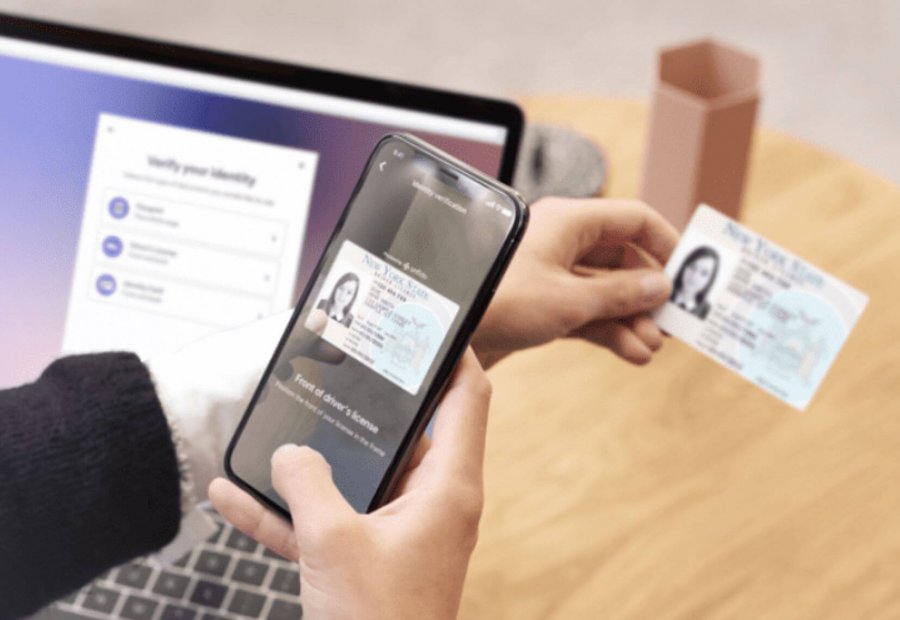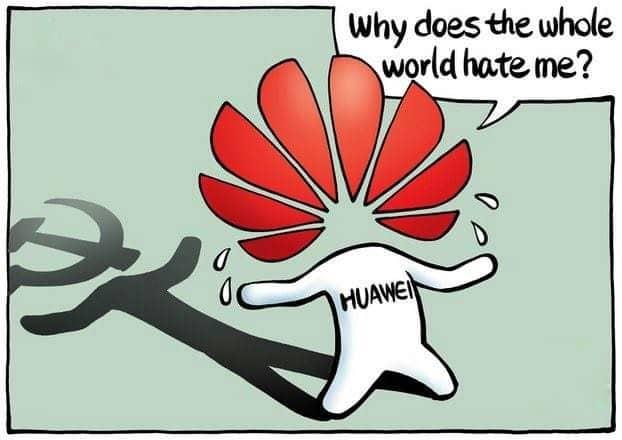It goes without saying that with digital there are still vulnerabilities related to digital fraud and crime. A report from Mordor Intelligence shows that the identity authentication market is expected to grow by 13.1% CAGR, between 2020 and 2025. We have listed the market trends that can be expected this year.
1. Identity verification blocked:
Identity verification through blockchain technology is considered to be much more efficient and secure than traditional identity verification. The reason is the elimination of an “intermediary” to perform the verification. As a result, the whole process becomes frictionless. When implemented with the right means, blockchain identity verification can have the potential to capture a large chunk of the Shufti Pro identity verification market.
2. Health care with identity verification services:
Healthcare is one of those industries with the most data breaches and identity theft. According to HIPAA magazine, the healthcare industry has experienced more than 2,000 data breaches in the past decade, including 49 data breaches in 2019 alone.
It is believed that the data containing the private information of the patient is worth multiple times just like that of a normal data recording.
With healthcare data constantly facing breaches, it was time to introduce KYP (Know Your Patient). The healthcare industry to fight identity theft and data theft, to have the patient’s identity verified, will be seen when conducting the KYP. KYP involves the use of government-issued documents and the patient’s real-time face. The two are then linked together to establish authentication.
3. KYP and GPhC guidelines:
After the implementation of KYP in the healthcare sector, the General Pharmaceutical Council made online pharmacies mandatory during age verification. As a result, online pharmacies in the UK verify the age of customers before drugs are sold online.
4. Organizational BYOD and Identity Verification Market:
“Bring your own device” or BYOD was generally rare until people had to work from home. It refers to employees who use their own computer systems or laptops instead of using office equipment to do their jobs.
However, working from home, with BYOD applied, presents some cyber risks. As reported by the Cyber Agency (CISA) division of Homeland Security, working from home carries a higher risk of data breach than traditional working from offices.
That said, the identity verification market is expected to apply BYOD complementing it with biometric verification solutions. This would force employees to verify their identity through biometrics. An employee should have a face check or finger scan before starting office work or logging into official platforms.
5. Stricter Enforcement of Compliance and Regulations:
The only law that actually laid the foundation for the KYC and AML rules and regulations for banks and financial institutions was the Bank Secrecy Act (BSA) 1979.
The Corona pandemic makes the world more dependent than ever on digitality. The authorities involved have been stricter than ever in the implementation of the AML and KYC authorities.
At the beginning of this year, the fifth European AML directive entered into force. The fifth AML guideline (AMLD5) sets new guidelines for financial institutions. AMLD5, to improve identity authentication, lowers the payment threshold from 250 euros to 150 euros. In addition, the FATF has also broadened its scope. FATF member states are now advised to authorize their art dealers, attorneys, and virtual asset dealers to perform AML projections on clients.
The tightening of relevant legislation and regulations is, therefore, to be expected as a market trend.
Fight identity fraud with document verification
Organizations, financial institutions, e-commerce stores, and airports need to ensure the identity of their user to manage theft and comply with legal requirements. To comply with these regulations, entities face a problem of lack of resources, impact on user experience, and data security. There are many ways to train a person.
It can be as simple as developing a screen name similar to the victim’s name, then posting insulting and hurtful comments while suggesting that you are in pain, changing the victim’s online account to respond to racist comments, or to other inappropriate things. Identity theft is on the rise every day. Federal Trade Commission in 2018, around 1.4 million fraud cases occurred and a quarter of them lost money. Losses of $ 1.48 billion have been reported.
To resolve all these issues, online document verification seems an appropriate choice. It meets legal requirements and offers a secure and transparent customer experience while enforcing effective data security.
The document verification process to avoid fraud
To control theft and malicious attacks, financial regulators such as FINCEN, VN, EUT, etc. have established Know Your Customer (KYC) and anti-money laundering rules that businesses must adhere to. These regulations help businesses neglect the due diligence of their users. This is usually accomplished by properly scanning user documents to verify their identity and reduce the risk of fraud and malicious attacks.
This Know Your Customer (KYC) procedure was primarily performed in person by financial institutions, embassies, or government offices. However, with identity verification using artificial intelligence, the process is seamless. Businesses can be on a computer or smartphone, and the business representative can ensure that you are who you are and that your identity is not spoofed.
Document authentication using artificial intelligence and machine learning
Artificial intelligence document verification solutions test different elements of identity documents while verifying the identity of the customer. Each of these inspections includes:
Authenticity inspections
Artificial intelligence and machine learning algorithms ensure that the submitted document is genuine and up to date for verification.
Format identification
Solutions based on artificial intelligence identify the exact format of documents.
Checking the machine-readable area code
Artificial intelligence verifies the authenticity of the MRZ code by evaluating whether this field has altered or falsified the document. Once Mrz verifies the authenticity of the document, he decrypts and verifies against the information on the document.
Detect folded / wrinkled edges
The documents are made of paper and are therefore subject to wear. Artificial intelligence systems perform checks to identify wrinkled and folded edges of the document that could compromise their authenticity.


























Leave a Reply